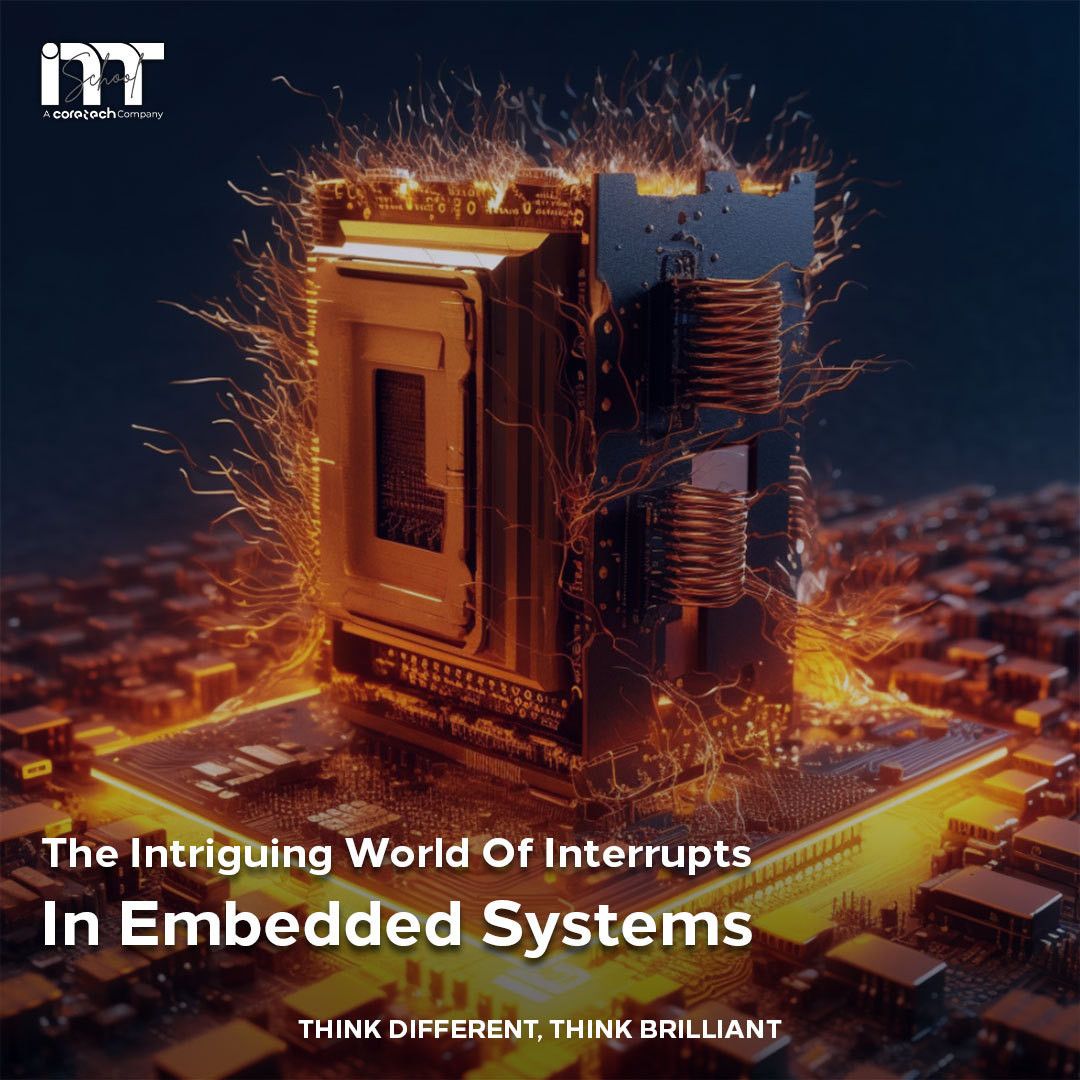
Interrupts
🚨💻 Welcome to the intriguing world of Interrupts in Embedded Systems! Let's dive deeper into this vital concept and explore its significance in modern technology. 🌟
Interrupts play a critical role in optimizing the performance and efficiency of embedded systems. These systems are designed to perform specific tasks and often need to handle real-time events. Interrupts are the solution that allows microcontrollers and microprocessors to prioritize tasks, manage resources effectively, and ensure a seamless operation. ⚡️🎯
Picture this: a microcontroller is busy processing a task, and suddenly an important event occurs, like a sensor detecting an obstacle or a user pressing a button. With the help of interrupts, the ongoing process is temporarily halted, and the system immediately addresses the new, high-priority task. Once the urgent task is completed, the system resumes its previous operation, picking up right where it left off. 🔄🔝
Interrupts can be triggered by various sources. There are two main types:
-
Hardware Interrupts: These are triggered by external hardware events, such as a button press or a signal from a sensor.
-
Software Interrupts: Also known as exceptions, these are initiated by internal software events, like a divide-by-zero error or an illegal instruction.
The use of interrupts enables your embedded systems to multitask efficiently, making them versatile and adaptable to a wide range of applications, from IoT devices to robotics and automation systems. 🤖🌐
Moreover, interrupts help in reducing power consumption in battery-powered embedded systems. By using interrupts, microcontrollers can enter a low-power mode when idle and "wake up" only when an event occurs, thereby conserving energy. 🌱🔋
So, the next time you marvel at the efficiency of your smart gadgets, remember the humble interrupt, working tirelessly behind the scenes to ensure a smooth user experience. 💪🌈





